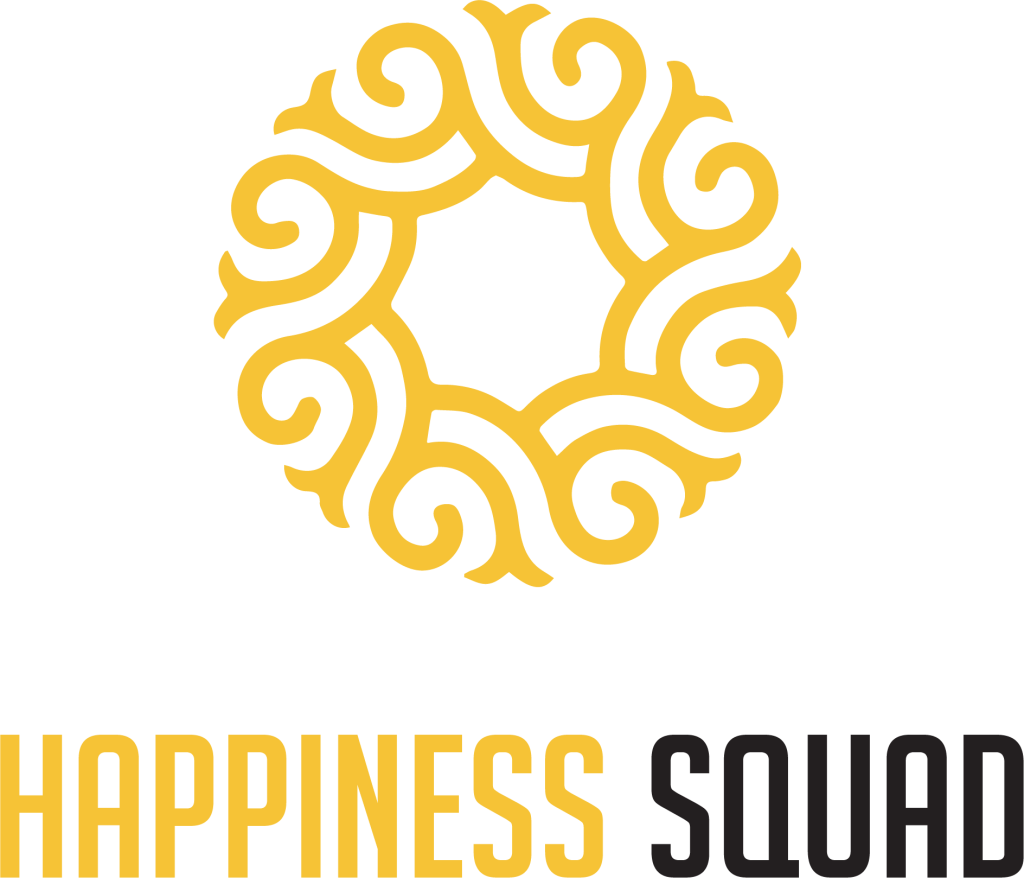
It’s 2024, and achieving genuine inclusion at work is still a struggle. Why? Because our brains naturally categorize, leading to unintentional biases that create silos and limit empathy in our workplaces. Think of how much potential is lost when teams operate in “us vs. them” mentality, blocking the kind of trust and openness needed for real progress.
In this article, Shannon Murphy, Co-founder of BrainSkills@Work and Author of the Neuroscience of Inclusion, breaks down the brain science behind inclusion and offers practical strategies for leaders to foster an inclusive, empathetic team culture.
“Our brains naturally wire for “us vs. them,” for fear, for identifying who’s with us and who’s not. This limits our compassion and empathy circuits, especially toward those we perceive as different. When we find common ground, compassion, curiosity, and trust emerge naturally. The more we break down what divides us, the more we see what unites us.”
– Ashish Kothari
Understanding the mind
Our brains are naturally wired for survival. This wiring creates a quick “us vs. them” categorization, determining in milliseconds whether someone is “like us” or not. This instinct, while helpful for survival, can unintentionally lead to biases that affect our workplace relationships.

When left unchecked, these subconscious biases create barriers to empathy, collaboration, and trust, all essential ingredients for a thriving, inclusive work environment. In today’s workplace, these biases can show up as departmental silos, differing views, and misunderstandings.
Importance of Self-Awareness
Each of us operates in different “brain states” throughout the day. When we’re in a “higher” brain state, we’re more open, collaborative, and empathetic. In contrast, a “lower” brain state makes us defensive and reactive, limiting our capacity for inclusivity. Recognizing these states is the first step toward building a more inclusive mindset.
“We have this ability to tap into the true magnificence of what humanity can be. When we leverage our “higher brain” state and cultivate appreciation consciously, we open up so much hope and so many possibilities.”
– Shannon Murphy
Understanding Your Brain State
Try a self-check throughout the day or during challenging moments to notice which brain state you’re in and adjust accordingly.
- Identify Personal Cues: Shannon highlighted the importance of somatic awareness—awareness of physical cues in the body—as part of achieving self-awareness and managing brain states. Physical cues like tense muscles, emotional cues like irritability, and cognitive cues such as recurring negative thoughts signal that we might be in a lower brain state.
- Map Your Current State: Understand if you’re in a higher state (calm, open), middle state (neutral, task-focused), or lower state (defensive, reactive) to help shape your response to team dynamics.
How to shift to a Higher Brain State
Once you’re aware of your brain state, shifting to a “higher” state allows you to approach others with empathy and openness. Use positive emotions to trigger a more collaborative, open mindset, helping us move beyond biases. Here are some tips to help you make that shift:
- Deep Breathing or Meditation: Use breathing exercises to ground yourself and reduce stress, instantly improving your brain state.
- Practice Gratitude: Take a moment to appreciate your team or a specific colleague, which helps foster connection and reduce defensiveness.
- Take Short Breaks: A brief break from tasks can lower stress levels and reset your perspective.
Fostering Inclusion Through Team Connection
The “us vs. them” mindset is prevalent in the workplace. This divide is not just about race, color, or personal backgrounds; it can be seen even in between roles and departments. One of the strongest ways to overcome this mentality is by uniting around shared goals and values. Leaders can help teams see their contributions as part of a larger mission, promoting empathy and inclusivity. Here are some practices leaders can implement now to break workplace barriers:
Building a Habit of Appreciation: Encourage regular acts of appreciation within teams, creating a culture of inclusivity where everyone feels valued. Working together on cross-departmental projects encourages collaboration and mutual respect.
Encourage Story Sharing: Give employees the opportunity to understand and appreciate the work of other teams. Start meetings with personal stories or experiences to build empathy and understanding.
Promote Team Reflection on Shared Goals: Create space for teams to reflect on how their work aligns with the organization’s mission, fostering a collective identity. Recognizing the roles and perspectives of other departments helps bridge divides and fosters a sense of unity.
Conclusion
Policies alone won’t promote inclusion. It involves fostering empathy, connection, and self-awareness. By recognizing our brain’s natural biases and actively working to shift our brain states, leaders can shape a more inclusive workplace culture. Apply these neuroscience-backed strategies today and see how small shifts in mindset can lead to powerful, lasting changes in your organization.
Did you know? Our brains’ “us vs. them” mindset can block workplace inclusivity! In this interview, Ashish Kothari and Shannon Murphy, Co-Author of the Neuroscience of Inclusion, explores how leaders can use brain-state tracking to shift these instincts and create a more inclusive workplace.
Learn more about Shannon at her LinkedIn.
Listen to the podcast with Ashish and Shannon below.
Access and subscribe to all of the episodes of the Flourishing Edge Podcast here.
Visit the REWIRE Program powered up by the HAPPINESS SQUAD Community and experience your shift within your 30-day risk-free trial today. Cultivate your Self-Awareness, Gratitude, Purpose, Community, and personal growth more through the 9 Hardwired for Happiness practices. Integrate simple and proven micro-practices grounded in the science of happiness and neuroscience of habit formation in 5 minutes a day.
Make Flourishing Your Competitive Edge.


